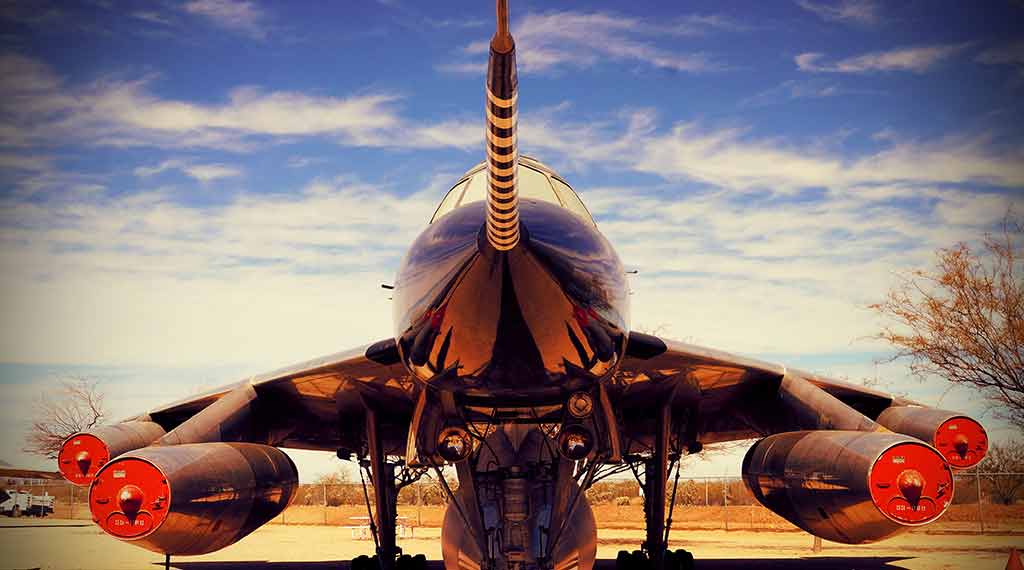B-58 Hustler: Fast, futuristic, and ultimately flawed bomber

The B-58 Hustler, produced by Convair in the 1950s, was the first supersonic bomber capable of exceeding Mach 2. Developed as a nuclear deterrent during the Cold War, the Hustler set numerous speed and altitude records but never saw combat.
-Despite its groundbreaking design, including advanced engines and a lightweight airframe, the B-58 had significant flaws, such as instability and difficult take-off/landing characteristics.
-Due to these issues and high operational costs, the bomber was retired by 1970 after only a decade in service.
B-58 Hustler: Record-Breaking Supersonic Bomber with a Short-Lived Legacy
The B-58 Hustler was visually stunning, but the U.S. bomber failed to live up to expectations.
Corvair produced the B-58 Hustler in the 1950s. The B-58 became the first supersonic bomber in history, speeding past Mach 2.0. It carried out nuclear deterrence during a turbulent period in Cold War history.
With the arms race between the U.S. and the Soviet Union picking up speed, enemy jet interceptors and surface-to-air missiles were a greater threat than ever before – the U.S. Air Force needed capable strategic bombers that could face this danger. If nuclear fallout was in the cards, the Hustler would ensure destruction was mutual.
Ultimately, the bomber never saw combat. But the B-58 remains a revered symbol of Cold War aviation.
The History of the Hustler
The B-58 answered the Generalized Bomber Study’s requirements for a supersonic, long-range, manned bomber aircraft. After all the big-name manufacturing giants bid to produce this new airframe, Boeing’s MX-1712 and Convair’s MX-1626 design prototypes were selected.
Convair’s design was deemed superior down the line largely thanks to one key change. During the trial period, Convair took advantage of new developments by General Electric, swapping out its original engine design with four smaller J79s optimized for supersonic flight. This modification pushed Boeing from the competition.
Convair’s bomber design incorporated several record-breaking features in addition to its engines. The bomber’s aluminum skin bonded to honeycomb structural elements made of aluminum or fiberglass. This innovation reduced the weight of the airframe, allowing it to fly faster.
While having to refuel one time, the bomber was able to travel just under 1,700 miles in 80 minutes. The Hustler set 19 speed and altitude records in the 1960s.
- Iran’s Growing Missile Arsenal Is a Challenge for Israel - November 18, 2025
- IAI Is Hoping to Secure a Contract for the “Golden Dome” - November 3, 2025
- Trump dispatches B-1 bombers and other military assets to Venezuela - October 28, 2025
